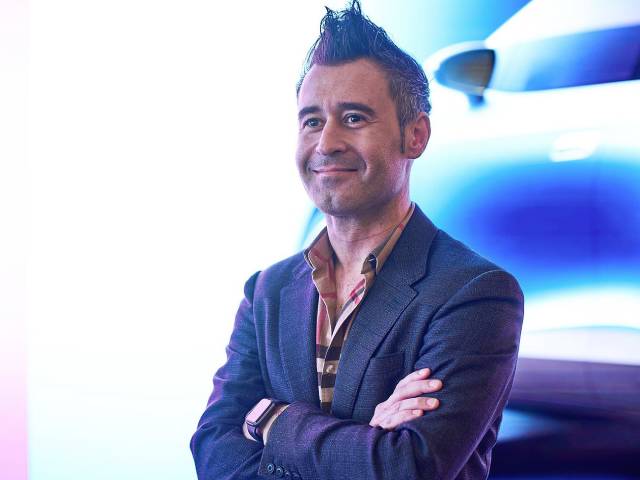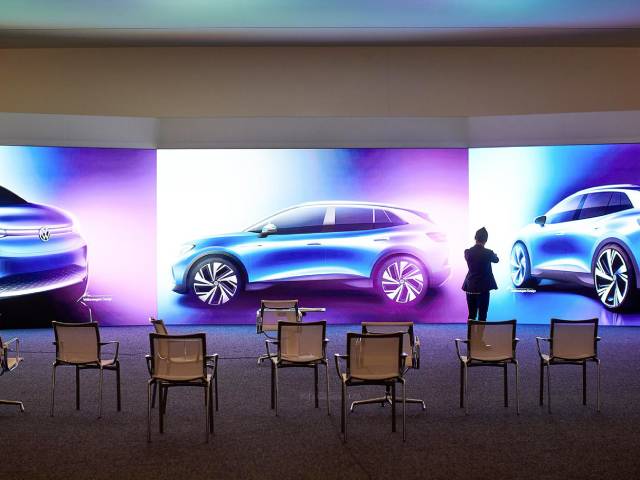Creating digitally: how the work of Volkswagen's designers is evolving
At Volkswagen, digital work, supported by virtual reality, is an established practice – and even more so after the onset of the pandemic, which has accelerated existing processes. This leads to CO2 savings and makes designing new cars increasingly sustainable.
It’s best to talk through important decisions face to face – before Coronavirus, that was the view of Marco Pavone, the Head of Exterior Design at Volkswagen, and the reason why he was a frequent traveller. “Design thrives on the fact that you look at shapes from the same perspective and can demonstrate changes,” says Pavone, before recounting how the pandemic and the switch to digital have changed his work. “At first it was a shock, but it passed,” admits Pavone. “Designers have learned to replace a large proportion of travel with online meetings.” This trend, already underway prior to the Covid-19 crisis, has seen existing technology improved further and shows how Volkswagen is becoming a more digital and sustainable company.
The giant video wall

At the Wolfsburg Design Center there is a large presentation hall with an 18-meter LED wall. During a standard meeting, Pavone uses the video wall to connect with participants from locations such as China and Brazil and present the virtual model of a new vehicle, explaining what his team has changed.
He can show details in razor-sharp clarity on the video wall – almost like on a real car. “We know we can trust the technology,” says Pavone.
Reducing CO2 emissions
Digital meetings are also beneficial to the environment, as they reduce air travel. This is borne out by the figures: Pavone used to make around a dozen business trips a year – that’s the equivalent of approximately 50 tons of CO2 emissions which have now been saved. Obviously online conferences lead to electricity consumption, but the ecological balance sheet is much better than for meetings on other continents.
Digitising work

Volkswagen’s designers had digitised many work processes even before the pandemic. One example is the use of data glasses, which designers, engineers, and other development partners use to work together in virtual reality. This technology has seen the demand for physical vehicle clay models falling significantly in recent years. The advantage: faster decisions and savings in the millions.
Now the designers are going one step further and aiming to design a show car using exclusively virtual methods. With no intermediate step via a clay model, that means the engineers will build the car directly from digital designs.
Creativity at the forefront
For most employees, the possibilities for digital collaboration are a valuable asset. Like many departments, designers currently work predominantly from home and only meet at the workplace for special reasons.
“Some colleagues now take their children to school and then sit down at the computer. I have no problem with that. Creative ideas don’t come at the push of a button anyway,” adds Pavone. Many designers are keen to continue with digital working even after the pandemic. Simply going back is not an option – the savings in time, costs and climate-damaging emissions are too great.
The real world
“I assume that in the future we will have a lot of virtual meetings but will still need face-to-face encounters,” says Pavone. “We should never forget we are people. And – as good as the digital possibilities are – you can still overlook mistakes. Perfect design can only be created when we see the model outside in sunlight, in the real world. After all, the car will still be driving on real roads – and not on the screen.”
Source: Volkswagen Newsroom
